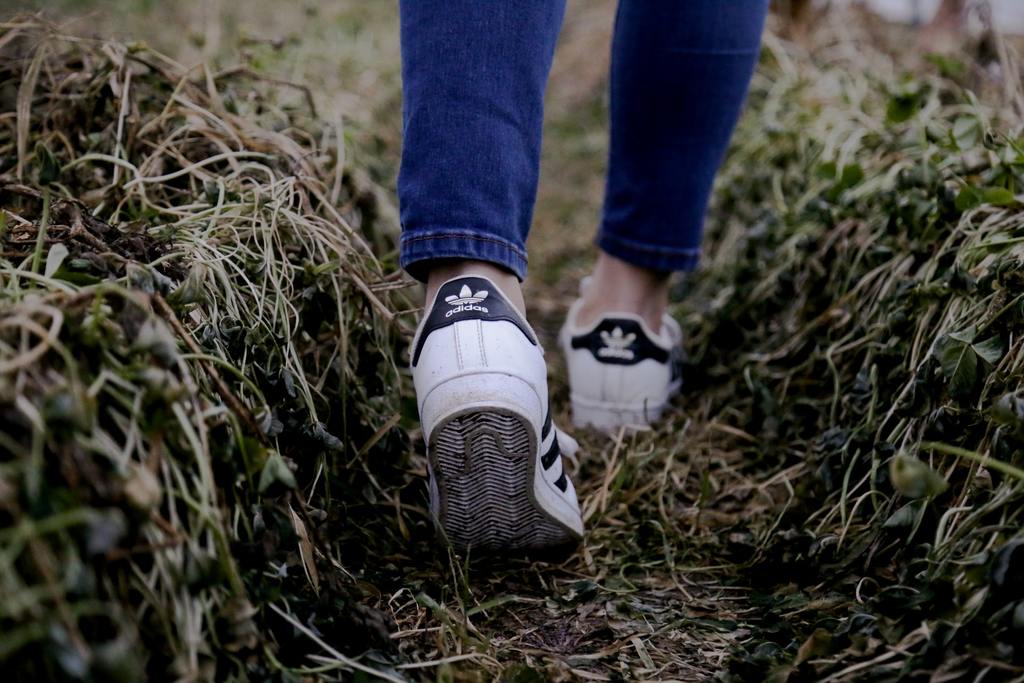How To Care for a Diabetic Foot Wound
In 2018, an estimated 34.2 million people in the United States had diabetes, representing more than 10% of the population. Foot wounds are especially concerning for these individuals, as they can become infected and lead to serious complications such as amputation. Experts estimate that around the world, a leg is amputated every 30 seconds, and 85% of these amputations are the result of diabetic foot ulcers. If you have diabetes, it’s important to understand the risks associated with foot wounds so you can address them properly.
What Is a Diabetic Foot Wound?

A diabetic foot wound can be any type of cut, scrape, burn, or ulceration that occurs on the foot of an individual with diabetes. While these wounds might present very little cause for concern in a nondiabetic individual, those with diabetes face greater risks of complications. Diabetes slows the healing process, which provides more opportunities for infection if you don’t care for the wound properly.
The most common type of diabetic foot wound is a foot ulcer. A foot ulcer is an open sore that appears repeatedly or has trouble healing. Diabetics can develop foot ulcers as a result of poor circulation or nerve damage. Sustained high blood glucose levels cause nerve damage. Therefore, people who have struggled with diabetes for a long time often have a loss of sensation in their feet. This can allow a wound to develop and escalate to a dangerous level before the patient notices it.
High glucose levels also cause the blood vessels to narrow, reducing circulation. This impaired blood supply hampers the delivery of white blood cells to the site of the wound. This slows the healing process and makes diabetic foot wounds particularly prone to infection.
Diabetic Wound Care
Diabetic wounds should be treated by a doctor. If you suffer from diabetes, it’s best to consult your physician about any wound, even if it seems minor. As soon as you notice the wound, wash it with saline or clean tap water and apply an antibiotic ointment. Cover the wound with a bandage, and keep pressure off your feet as much as possible until you can see your doctor and get further instructions.
Your doctor might perform some or all of the following:
- Debridement: This thorough cleaning involves the careful removal of dead tissue.
- Antibiotic application: A topical antibiotic can help minimize the risk of infection.
- Off-loading: Removing pressure from the foot speeds healing. This might involve the use of a removable cast, special footwear, or a walker.
- Hyperbaric oxygen therapy: In serious cases, your doctor might recommend high levels of concentrated oxygen, which improves the blood supply and oxygen delivery to the wound and speeds the healing process.
Your doctor will also let you know what kind of care these diabetic sores require at home. Moist wound healing has been shown to heal wounds three to five times faster than what you’ll experience if you allow the wound to dry out. Moist wound healing is especially effective for diabetic patients, so your doctor might instruct you on the use of wound healing ointment and sensitive plaster.
If the treatment methods listed above are not effective, your doctor might recommend surgical treatment. This can involve removing deformities and excising or shaving bones to minimize pressure on the wound.
Preventing Diabetic Foot Infection
Diabetic foot wounds and ulcers present a high risk of infection. Individuals with diabetes have at least a 25% lifetime risk of developing a foot infection, with some studies indicating the risk might be as high as 34%. In half of all cases, diabetic foot ulcers recur. Between 14 and 24% of diabetics with foot ulcers will require an amputation. It’s crucial to take all available steps to prevent infection so you can minimize this risk.
You can prevent diabetic wound infection by:
- Controlling blood glucose levels carefully.
- Keeping the wound covered.
- Always wearing appropriate foot coverings.
- Keeping the wound clean and appropriately bandaged.
- Staying out of pools, hot tubs, bathtubs, and other situations where your foot might soak.
- Avoiding the use of full-strength povidone-iodine or hydrogen peroxide unless recommended by a doctor.
Risk Factors for Diabetic Foot Wounds
Many factors can increase your risk of developing diabetic foot wounds. If you have one or more of these predisposing factors, be especially vigilant about protecting your foot health. Risk factors for diabetic foot wounds and ulcers include:
- Peripheral vascular disease.
- Diabetic nephropathy.
- Neuropathy.
- Venous stasis disease.
- Angiitis.
- Glycosylation of tissues.
- Osteoporosis.
- Malunited fractures.
- A foot deformity such as hammertoe or bunions.
- A history of foot ulceration or amputation.
Foot Wound Prevention in Diabetic Patients
Individuals with diabetes should take extra precautions to help prevent foot wounds, since these can lead to severe and lasting complications. You can minimize your chance of developing diabetic foot ulcers by:
- Eating a healthy diet that includes lean proteins and low carbs and sugars.
- Maintaining a regular exercise routine.
- Avoiding alcohol and tobacco use.
- Maintaining healthy blood glucose levels.
- Reducing pressure on the feet.
- Minimizing friction against the skin on your feet.
- Washing your feet daily.
- Treating corns or calluses gently without using sharp objects, medicated pads, and other over-the-counter treatments.
- Keeping toenails trimmed straight across.
- Putting your feet up while sitting to improve circulation to the area.
You can also prevent many severe diabetic foot ulcers by inspecting your feet daily. Examine the sole of the foot, the sides, and in between the toes, using a mirror if necessary. Even a minor blister can quickly become a diabetic ulcer, so it’s crucial that you alert your doctor to any scrape, cut, or injury to the feet as soon as possible.
If you’re suffering from a diabetic foot wound, consult with one of our doctors at Gurnee Podiatry & Sports Medicine Assoc. to come up with an effective treatment plan. An experienced diabetes podiatrist can help you keep your feet in good shape and minimize the risk of infections or complications associated with diabetic foot ulcers and other types of foot wounds.
